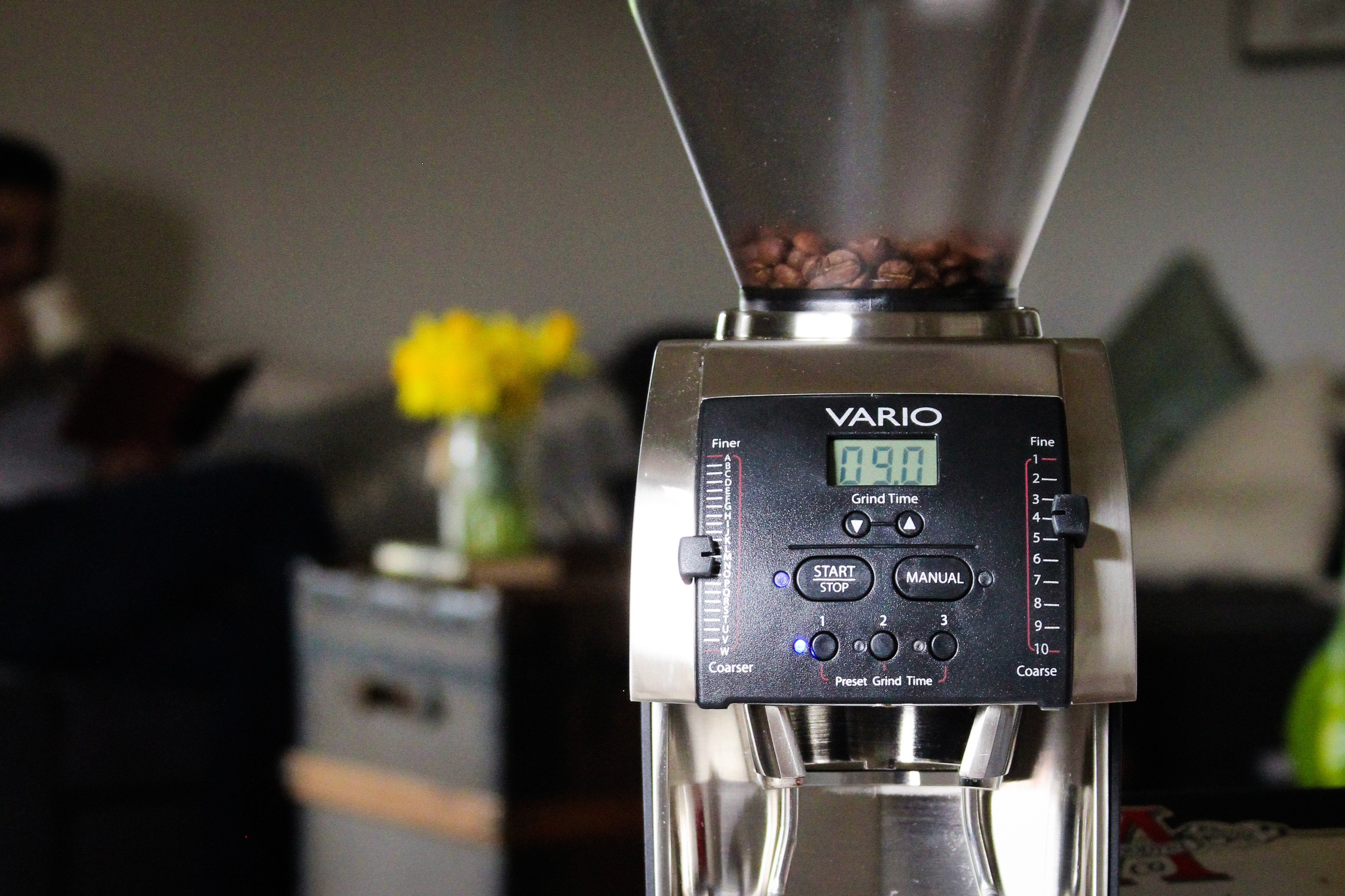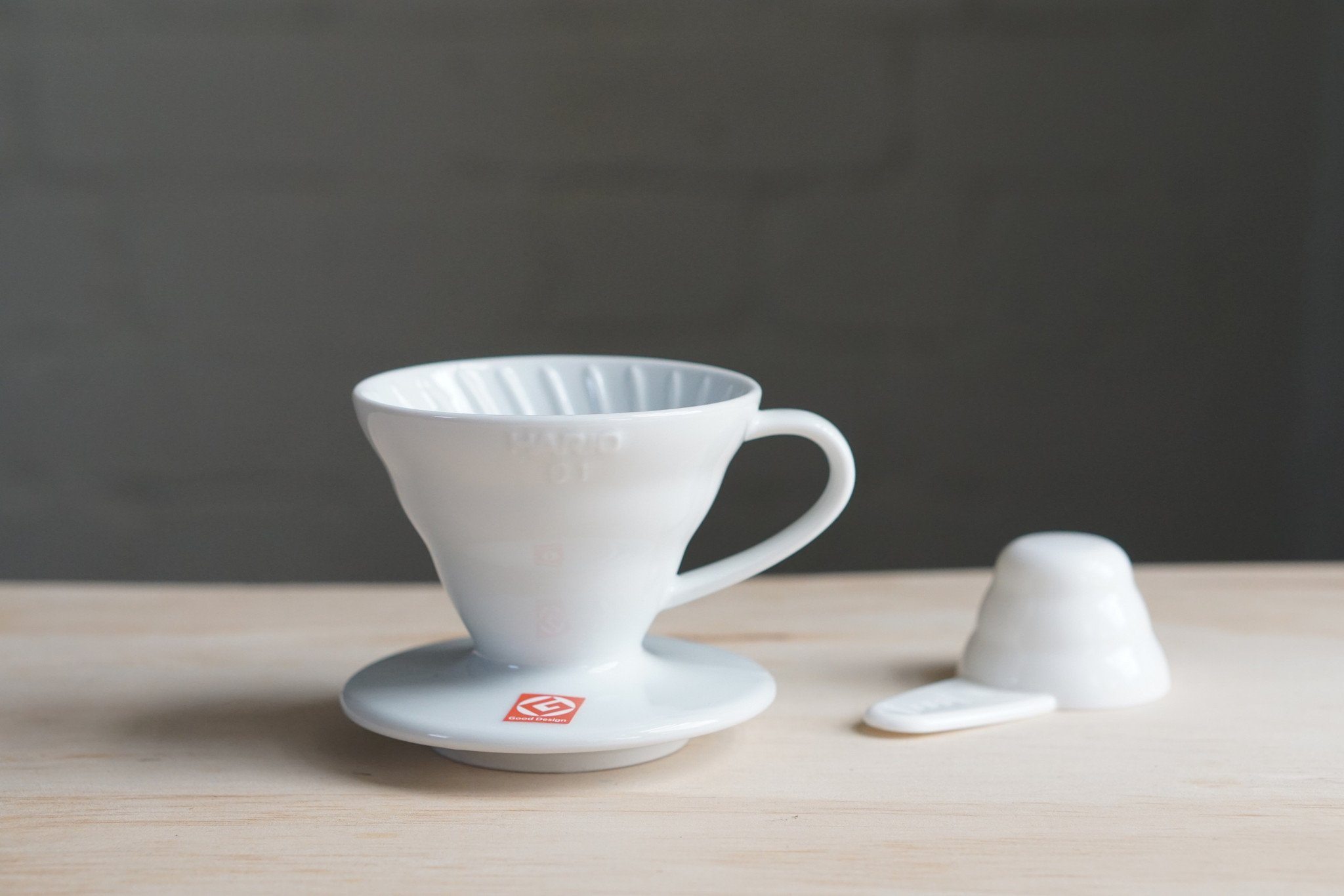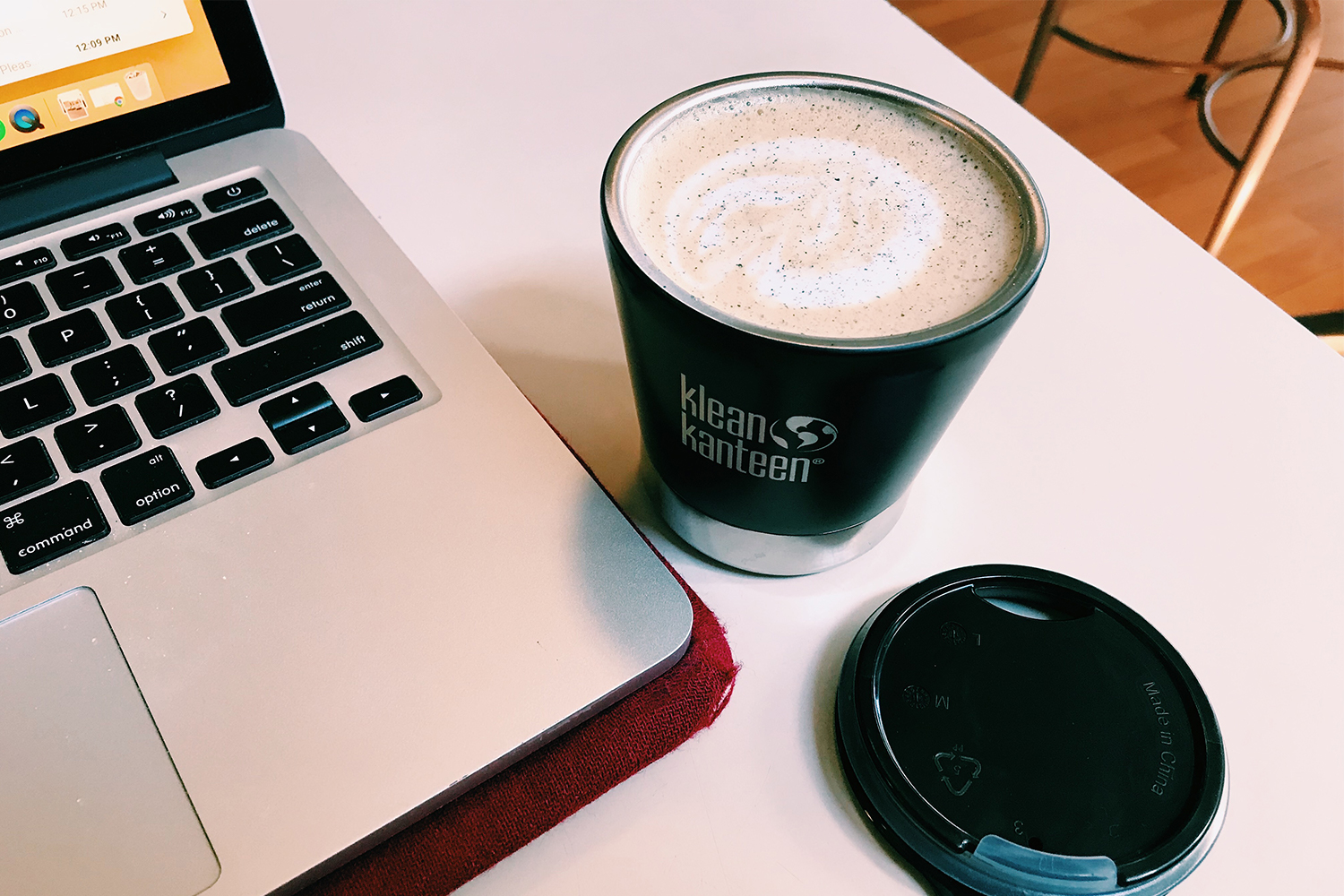My first job after college was working in a high-end coffee shop, and the experience ruined standard office coffee for me forever. When I started working at a DC think tank a few years later, the first thing I did was create a mini coffee shop on my tiny desk, cluttering it with a water kettle, gram scale, electric grinder and equipment for several different brewing methods. Under nationwide shelter-in-place orders, many Americans now find themselves facing the opposite problem: cut off from the coffee they drink at work or the shops they visit in normal times, they’re confronted with the reality of having to — gulp — make coffee at home, for themselves.
As a result, sales of coffee pods from Keurig and ready-to-drink coffees from Starbucks and Dunkin are reportedly up substantially. While the temptation to reach for coffee in the most convenient format possible is understandable, as a former barista, I beg you: Don’t do it! Don’t settle for inferior coffee at the touch of a button or the turn of a screw cap. Extra time spent at home offers the opportunity to master new skills, including how to take a more hands-on approach to brewing coffee.
For insights into how to up one’s home coffee game, I reached out to Peter Giuliano, chief research officer of the Specialty Coffee Association and executive director of the Coffee Science Foundation. Fortunately, his first piece of advice doesn’t require buying any new equipment at all. It’s simply to buy good coffee to begin with.
“In our research we’ve been quantifying how much different interventions affect the quality of the beverage,” he says. “What’s really clear is that the biggest impact is the coffee itself. There’s nothing that you can do that will have as big an effect as the quality of the coffee in the first place.”
In other words, no matter how you’re making coffee at home right now, you’ll likely see instant improvement merely by purchasing better beans. Peter suggests searching online to find a quality-oriented coffee roaster in your community, especially if they offer an option to deliver by mail. Consider also that independent coffee shops are fairly reliant on selling beans right now: with walk-in service on indefinite hiatus, they need business however they can get it.
With beans in hand, the next question is how to brew them. One standard piece of advice in the coffee industry is that there are few better investments than a good grinder. Burr grinders use sets of rotating mechanical burrs to grind coffee beans down to a consistent size, adjustable by moving the burrs nearer or farther apart. Blade grinders – the kind you might use for spices – use a rotating blade to pulverize the beans; this creates fragments of variable size, which leads to variable rates of extraction when they interact with water. Since different brewing methods do better with different grind settings, a burr grinder allows for more control and consistency.
Even so, Peter notes that any grinder is better than no grinder: “Once you break up coffee it loses aroma, and you want that in your house and in your cup.” To capture the enticing aromas and flavors of fresh coffee, grind whole beans right before brewing.
A motorized burr grinder does require some upfront investment, but it’s less than the price of many Keurig brewers, and a good one will last for years. I put my first Baratza burr grinder to use for more than a decade, working out to just pennies per cup over its lifetime. A less costly option is to buy a burr grinder that you manually power by turning a crank. I pack one of these when I travel, and it’s effective, but beware that it may require more labor than you want to exert first thing in the morning. (Then again, with gyms currently closed down, a manual grinder might be just what you need for a quick arm workout — just remember to alternate arms each morning.)

It’s also worth getting a digital kitchen scale to measure out consistent ratios of coffee to water; for most brewing methods, recommendations range from between 15-18 grams of water for every gram of coffee.
The next question is whether to brew with an automated brewer or take a more manual approach. Coffee machines are not all created equal, and many aren’t up to the task of brewing a great cup of coffee. Peter notes that common failings include brew baskets too small to hold the right ratio of water to coffee, inability to brew within the ideal range of water temperature, and uneven extraction at different parts of the basket. The Specialty Coffee Association offers a certification program for machines that pass their range of tests, and a quality coffee brewer may be appealing for those who know they won’t be up for a more involved process.
That said, the process of preparing an excellent cup of coffee can become an enjoyable part of one’s morning ritual. Like mastering any skill, learning how to manually brew can be deeply satisfying in a way that using an automated machine is not.
“A coffee brewing machine is a black box,” says Peter. “When you do it yourself, you get to understand the dynamics, and those dynamics are beautiful.”
Broadly speaking, manual brewing techniques fall into two approaches: immersion and pour over. With the former, coffee grounds are immersed in hot water and filtered out before serving. The French press is a classic example of immersion brewing, straightforward to use and producing a rich cup of coffee. The Aeropress is another favorite of coffee enthusiasts, due in part to its versatility; baristas have published different techniques for using the Aeropress that vary the brewing time, grind size, water temperature, coffee-to-water ratio and even the orientation of the brewer. It’s an excellent option for brewing one cup at a time.
Pour-over brewing is a more dynamic process, requiring the user to manually pour water onto the grounds as gravity pulls coffee through the filter. It’s less foolproof than immersion brewing, with more risk of uneven extraction or “channeling,” the term for when water rushes through one part of the coffee bed. A gooseneck kettle gives the user more control over the flow of water, and the choice of using a flat-bottomed or conical basket will also affect the final cup.

“Changing the basket geometry makes a huge difference in the flavor of the coffee,” says Peter, “and which is better depends on the coffee.” A few popular pour-over brewers are the Hario V60, Kalita and Chemex.
The best techniques for brewing vary with the type of coffee used and — above all — the preferences and predilection of the end user. Experimenting and learning about one’s palate are part of the fun, but it’s worth checking out online tutorials for your brew method of choice to establish a baseline recipe.
With the crunch of commuting to work taken off many of our shoulders, you have an opportunity to invest a little more care into your daily coffee preparation. Dial in your skills now and be rewarded with better coffee for life.
This article was featured in the InsideHook newsletter. Sign up now.




















